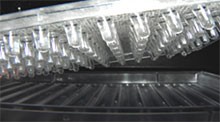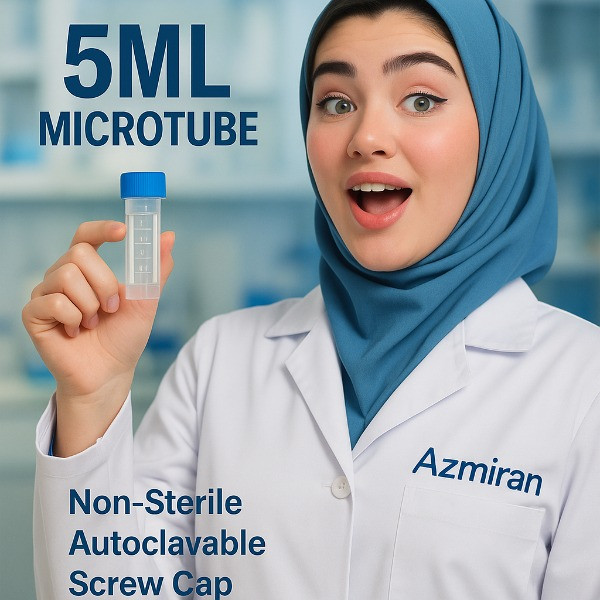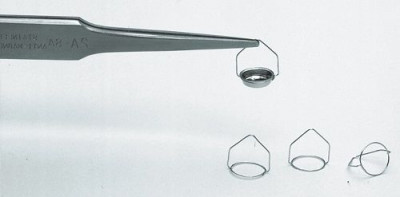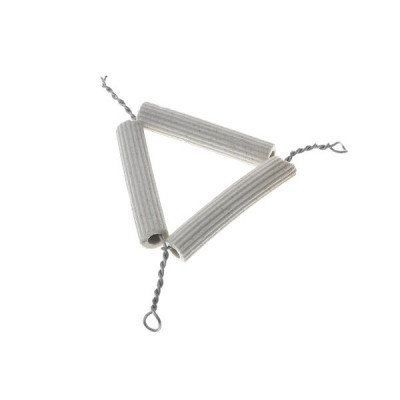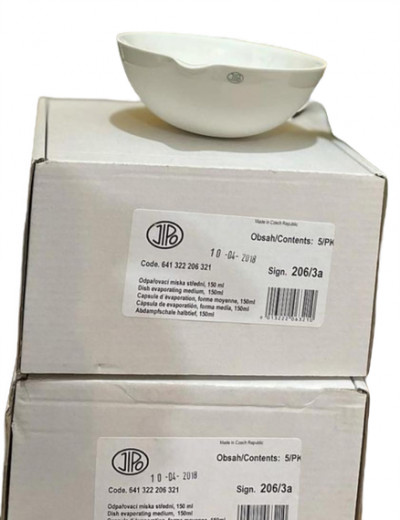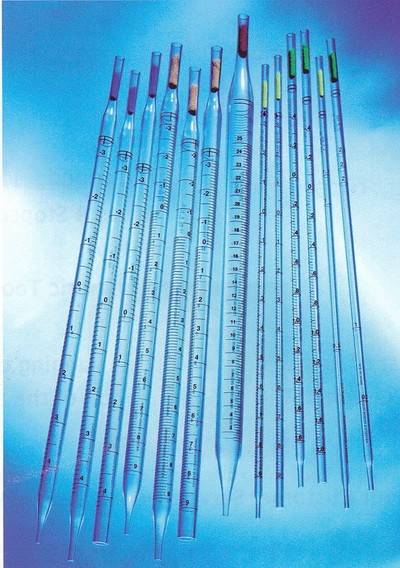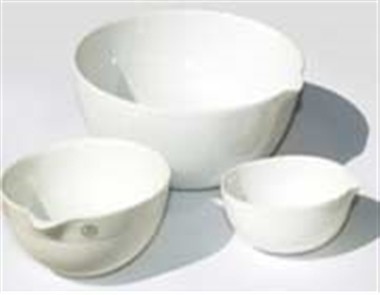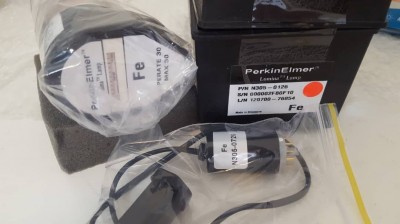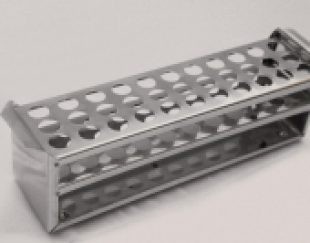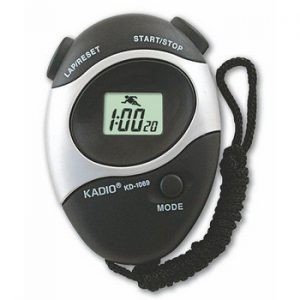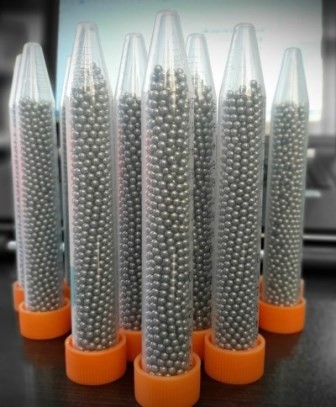اعتبار قیمت 95.7.1
لطفا پس از پایان اعتبار قیمت با تلفن 88920648 تماس حاصل فرمائید
Products ~ MBEC™ Assays

(formerly the Calgary Biofilm Device)
"Innovotech's MBEC P&G Assay (Product Code 19111, 19112, 19131, 19132) complies with ASTM International Standard E2799-12 "Standard Method for Testing Disinfectant Efficacy against Pseudomonas aeruginosa Biofilm using the MBEC™ Assay"
PRODUCT DESCRIPTION
The MBEC™ Assay is a high throughput screening assay used to determine the efficacy of antimicrobials against biofilms of a variety of microorganisms. The MBEC™ Assay's Biofilm Inoculator consists of a plastic lid with 96 pegs and a corresponding base. There are two types of bases that may be used with the MBEC™ Assay's lid. One base contains 96 individual wells (Figure 1). The individual wells allow for the growth of a variety of microorganisms on the same peg lid. The other type of base is a corrugated trough base that can contain only a single microorganism (Figure 2). Biofilms are established on the pegs under batch conditions (no flow of nutrients into or out of an individual well) with gentle mixing. The established biofilm is transferred to a new 96 well plate for antimicrobial efficacy testing. The assay design allows for the simultaneous testing of multiple biocides at multiple concentrations with replicate samples, making it an efficient screening tool.


PRODUCT USES
- Coating pegs with hydroxyapatite facilitates biofilm growth by fastidious microorganisms such asCandida sp. This has proven to be beneficial when studying bone or dental biocides. (Product code: 19131 for case of 25 with 96 well base, 19132 for case of 100 with 96 well base, 19141 for case of 25 with trough base, and 19142 for case of 100 with trough base)
- Antibiotic, biocide, disinfectant and heavy metal susceptibility testing of biofilms to determine a minimum inhibitory concentration (MIC), a minimum biocidal concentration (MBC) and a minimum biofilm eradication concentration (MBEC™)
- Basic research in the physiology and genetics of biofilms (such as screening to identify mutants impaired in their ability to form biofilms)
- Comparative biofilm growth assays of up to 96 different isolates under identical culture conditions
- Comparative studies of gene expression in multiple isolates or mutants
- Selection criteria applied against biofilm microorganisms
- Checkerboard assays to identify synergistic interactions between antimicrobials used to treat biofilms
- Time course studies of biofilm formation or treatment in a single assay, since the pegs are designed to be easily removed from the peg lid
- Scanning electron microscopy (SEM) and confocal laser scanning microscopy (CLSM) to examine biofilm structure
- Many conventional assays for attachment, growth, survival, or metabolic activity to measure the parameters of interest to the researcher. These can be done while the biofilm is intact on the peg or following sonication to again produce a planktonic population.
Click here for MBEC™ Use Instructions
:
